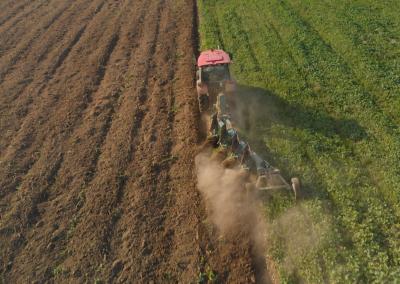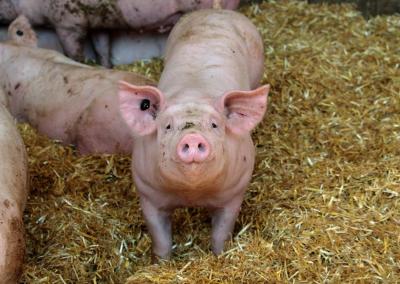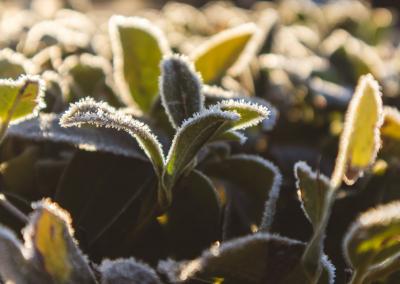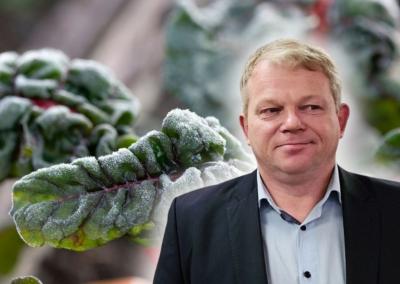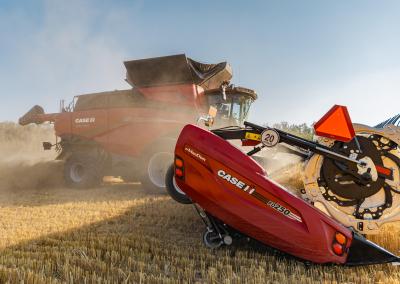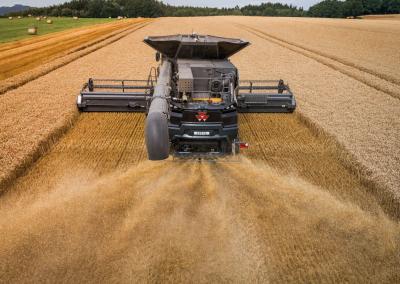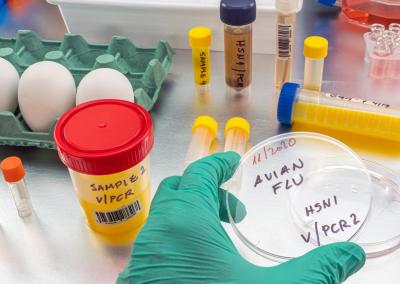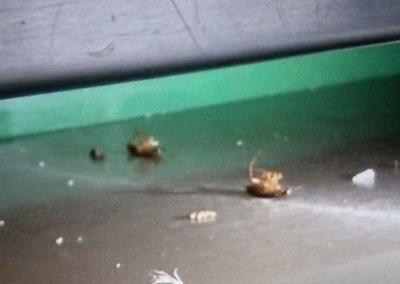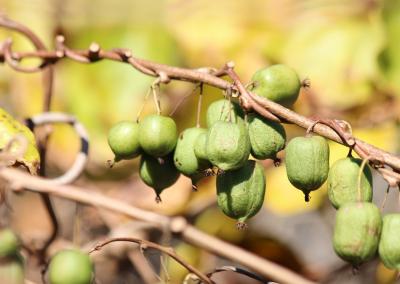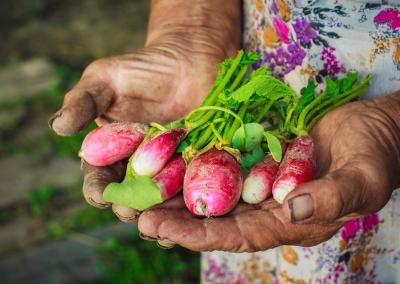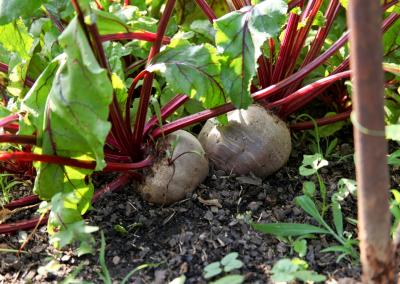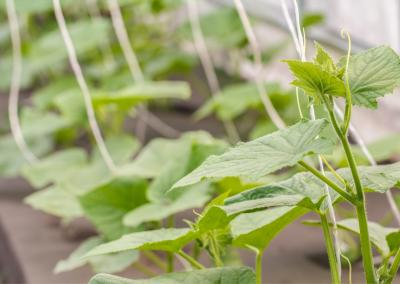Sowing carrots for seedlings at home
Carrots are mostly grown in the traditional way, by sowing seeds in the field. There is a common perception that carrots should not be grown from home-grown seedlings, as such carrots will grow crooked, horny and short, and will not sell well or look good". There is some truth in this, because when carrot seedlings are transplanted from the nursery to an open bed or šgreenhouse soil, the long central carrot šacnis is often damaged and starts to šsprout from this. And another problem with this method of cultivation is that not all carrot seedlings will take root in the new location.
Of course, all this takes extra effort and time, but the &scaron method of planting carrots has its advantages:
• carrots can be harvested a month earlier (because the carrot seedlings have already sprouted at home before being put in the ground, which saves time);
• with the &scaron method of planting, there will be no need to thin the carrot field;
• less risk of carrot fly damage.
However, when using the &scaron method of planting, it is preferable to plant carrot seedlings in small quantities in the field in order to obtain an early harvest. The rest of the carrots should be planted in the usual – seed to open ground in the field.
Sowing carrots for seedlings at home and the subsequent care of the seedlings before transplanting them outdoors has its own peculiarities.
When to sow carrots at home
For transplanting outdoors The timing of sowing carrot seeds for seedlings depends on the timing of their transplanting into open ground outdoors. As a general rule, transplanting into the field should be carried out when the air temperature is guaranteed not to drop below -2°C and there is no threat of frost (from the 20 days of May). Carrot seedlings die at lower temperatures. The soil should be kept at a minimum of 8°C.
Carrot seeds take up to 2 weeks to germinate. It takes a further 1,5 weeks for the seedlings to grow and strengthen. To calculate the sowing date, the climatic conditions (when the temperature required for the development of carrots is stable) must be taken into account. In addition, the variety of carrot must be taken into account when transplanting the seedlings to open ground in the field:
• early carrot varieties shall be planted 21-28 days before transplanting to a permanent site;
• medium carrot varieties – 28-35 days before planting;
• late carrot varieties – 35-42 days before planting.
For transplanting carrot seedlings into an open bed outdoors around 20 May, sowing seeds for seedlings at home should be done around 8-20 April, depending on the variety.
Transplanting into a šgreenhouse The previous advice was for transplanting and growing in the open field. However, for planting carrot seedlings in a šgreenhouse, where the temperature is stable and more suitable for growth, the sowing of carrot seeds for seedlings at home can be started even earlier, from March. For example, in 2024, the suitable days for sowing carrot seedlings according to the lunar calendar are 27, 28 and 29 March. Then, after sowing at home on these days, transplanting the seedlings into the &scaron house will be possible as early as 25 April to 10 May.
Carrot seed ready for sowing
The seed preparation for sowing includes a germination check, seed disinfection and treatment with growth promoters. Seed germination shall be checked by soaking the seed in settled water for several hours. Seeds remaining at the bottom are considered suitable for sowing. Seeds that float on the bottom are discarded as they will not germinate.
Seeds are disinfected in a solution of potassium permanganate (5 g : 0,5 litres of water, soaking time 20 minutes). The seeds are then rinsed and soaked in a growth promoter for the same amount of time.
Soil preparation for sowing carrot seedlings
It is best to prepare individual airy containers (cups or peat pellets) for carrot seedlings, as it is not advisable to pick carrots. The soil for carrots should be loose and permeable, “breathable”. Variations of homemade soil substrates:
• peat, sand and tree ash in a ratio of 10:5:0.1.
• disinfected turf, humus and vermiculite in a ratio of 5:4:1;
How to sow carrot seeds for seedlings
The containers and nurseries shall be filled with soil to a depth of 15 cm. At sowing, the soil is moistened and a depression of up to 1.5-2 cm is made for the seeds.
Two carrot seeds can be sown per hole (the weak ones are removed later as they grow). All sown carrot seeds are then covered with soil (without the seeds themselves being buried).
If the carrot seeds are sown in a row in a common container, then the distance between the seeds must be at least 3 cm. Otherwise, transplanting the šgrown seedlings to a permanent location may cause damage to the šacne of the seedlings.
After planting the seeds, the nursery boxes shall be covered with plastic film to create a "greenhouse" effect. The soil moisture content should be checked from time to time and, if necessary, irrigated with a spray.
The film should be removed as soon as seedlings appear. It is recommended to feed the mature seedlings (3 weeks old), which already have 3 leaves, with a solution of mineral fertiliser (5 litres of water, 15 g of superphosphate or 15 g of potassium fertiliser and 12 g of ammonium nitrate).
Transplanting carrot seedlings to a permanent location
Grooves are made 15 cm deep in the ground and filled with moistened humus. The bed shall be well watered in the west. The following day, in the late afternoon or evening, as soon as the šlong has subsided, the seedlings can be transplanted into the open ground.
Carrot seedlings should be watered generously and then carefully transplanted into the trenches with a spacing of 6 cm between the seedlings.
Since the tip of the carrot šacne is thin, some gardeners recommend pinching off 1/3 of its length. If this is not done, it will definitely bend during transplanting, which will have a negative effect on the shape of the &scaron. But it is still better to transplant carrots directly with the clump of earth, without overlapping the &scaron.
Carrot seedlings can only be removed from the nursery by the leaves without touching the &scaron.


